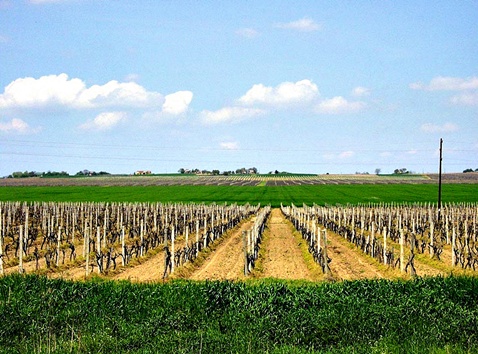 |
| Copyright: Tourist Board of Osijek-Baranja Country |
The sun has always been a symbol of life and great energy...
Crimson from eternal golden sunshine that warms its land, green from eternally fertile vineyards that surround it, tamed from forever fertile Pannonian plain, rich and dense from the everlasting oak trees and strong, hardworking hands that cultivate it for more than eight thousand years... Surrounded by powerful rivers and natural phenomena, Slavonia has developed more than two thousand biological species. It managed to develop viticulture that was passed on from the old Illyrians and Romans. The tradition of wine making derives from French monks who built the oldest wine cellar in the world right here in Kutjevo, in ancient 1232.
Kutjevo cellars keep many living legends and secrets, aromas and tastes engraved in each barrel, table, stone... The richest wine growing archive of Croatia, whose oldest wine dates back to year 1936 is located here. Residents of this area say, "Wine does not grow old, the wine travels through the time". The legend of the empress Maria Theresa and baron Francis Trenk, who were hiding in the cellars for seven days, drinking this original aphrodisiac, says that they left over 150 carved dashes on the walls as a proof of their passionate love... The secret will remain secret forever but "let's taste" Kutjevo.
Endless fields of golden grape vine are spread from the top of Nature Park Papuk, a park of the original biological, geological and cultural authenticity. In the valley where the climate conditions are just perfect, matures one of the best varieties of Slavonia vine sorts, Grasevina. With the Church of Blessed Virgin Mary (Blažene Djevice Marije) and the monastery surrounded by a park that is a protected horticultural monument, below the Krndija hill the city of Kutjevo developed. Near the oldest cellar in Kutjevo there is a castle whose underground roads lead to that cellar. Besides of wine production, the place nurtures a more than two centuries long tradition of Lipizzaner horse breeding.

